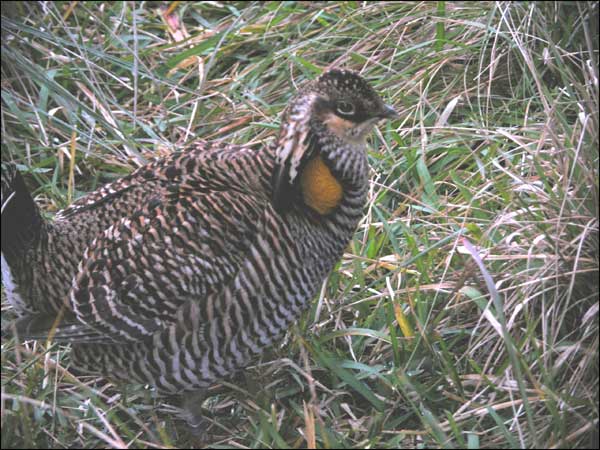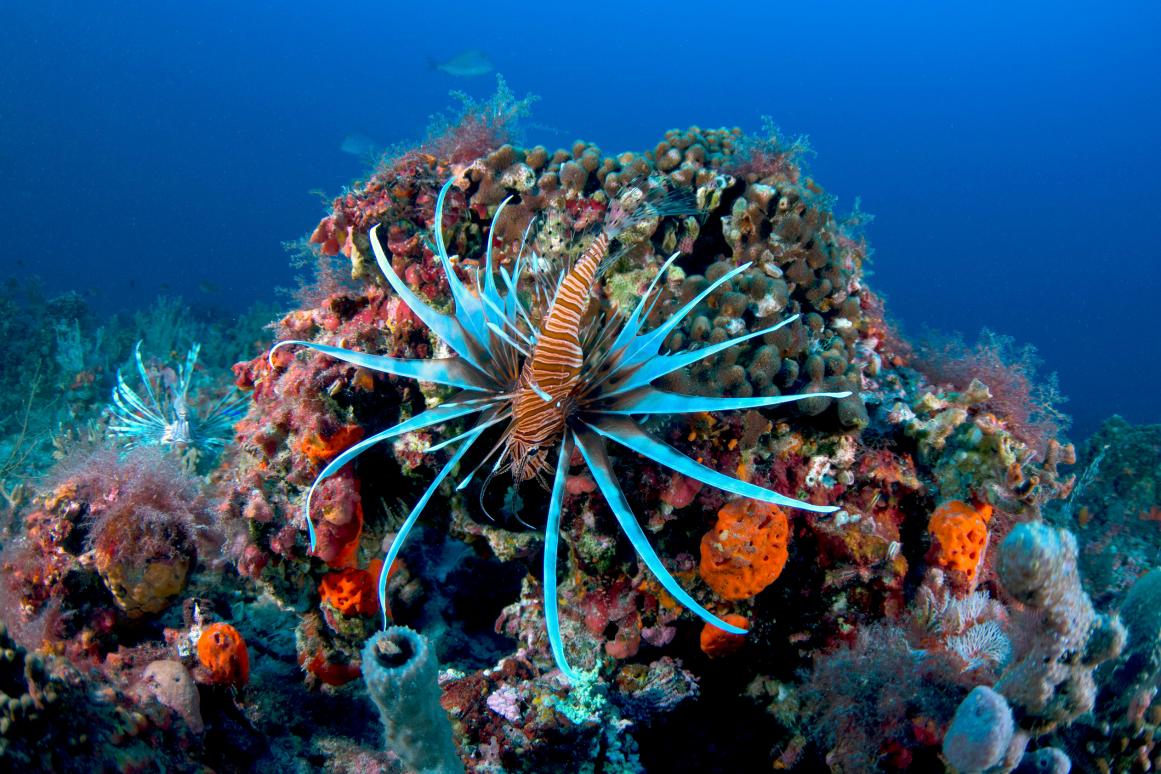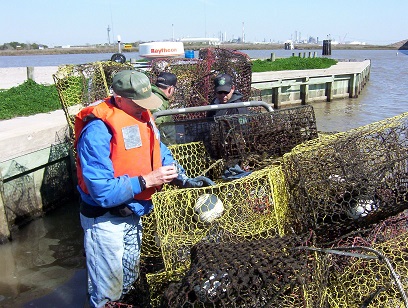Assisted Living: Attwater’s Prairie Chickens
Tuesday, February 21st, 2017This is Passport to Texas
We all need help sometimes. And in the case of the endangered Attwater’s Prairie Chicken, they’re getting it in the form of captive breeding programs, including one at the Fossil Rim Wildlife Center in Glen Rose.
Adding birds from the captive breeding program has allowed us to keep birds in the wild. Without the captive breeding program this species, undoubtedly, would have been extinct by now.
Biologists estimate there are fewer than 100 Attwater’s Prairie Chickens in existence today. Mike Morrow is a wildlife biologist at the Attwater’s Prairie Chicken National Wildlife Refuge in Eagle Lake. The juvenile prairie chickens at Fossil rim are color banded and radio collared in preparation for release onto the refuge.
How many other species can we watch go extinct, before it starts making a difference the ability of the world to support us as a human species.
Juvenile birds take a long ride to the refuge and are kept in an outdoor enclosure until they’ve acclimated to their new habitat. After two weeks in their pen, they’re released onto the refuge.
Biologist Morrow says he knows not all the birds they release will survive, but those that do, represent the future. He says Texas Parks and Wildlife and partners will continue to build the population with wild birds. And that’s where he says we place the hope for the recovery of the species.
The Wildlife Restoration Program supports our series.
For Texas Parks and Wildlife…I’m Cecilia Nasti.







 Passport to Texas is a
Passport to Texas is a  Passport to Texas is made available by:
Passport to Texas is made available by: